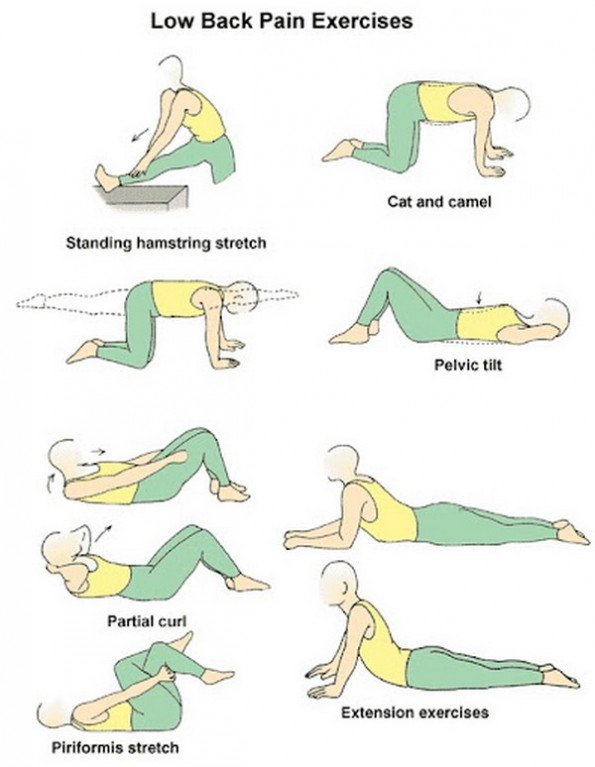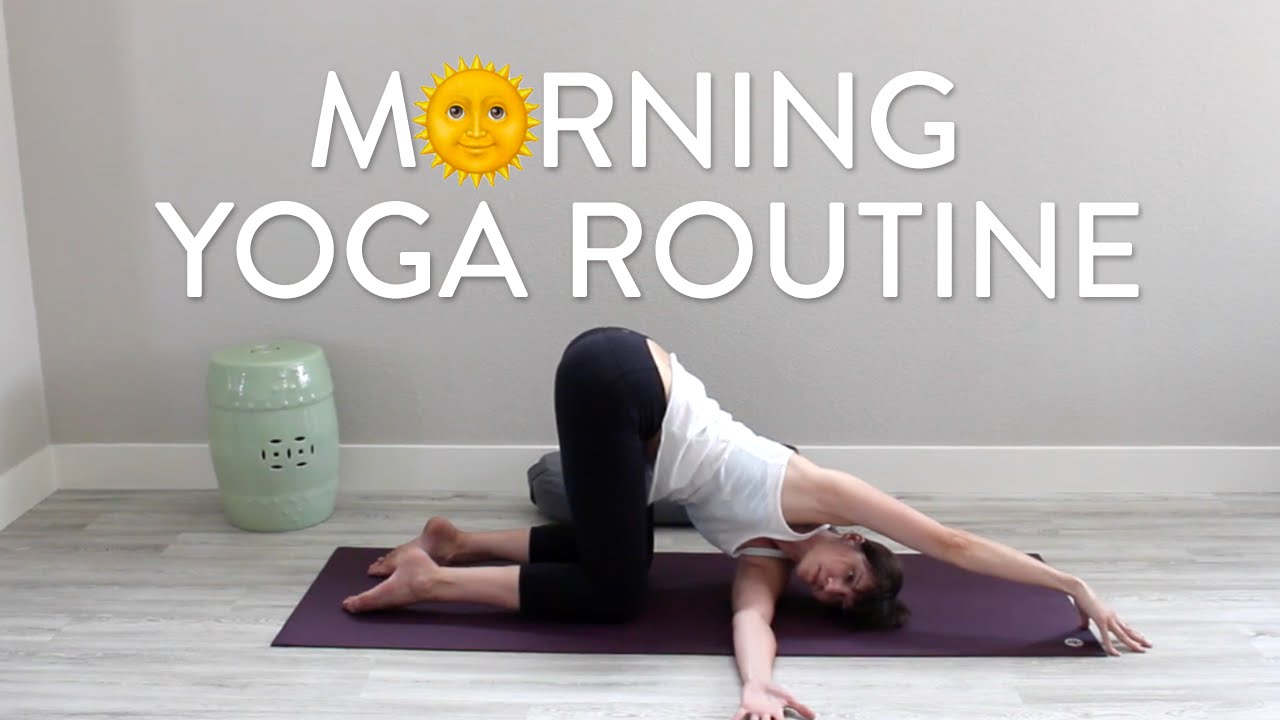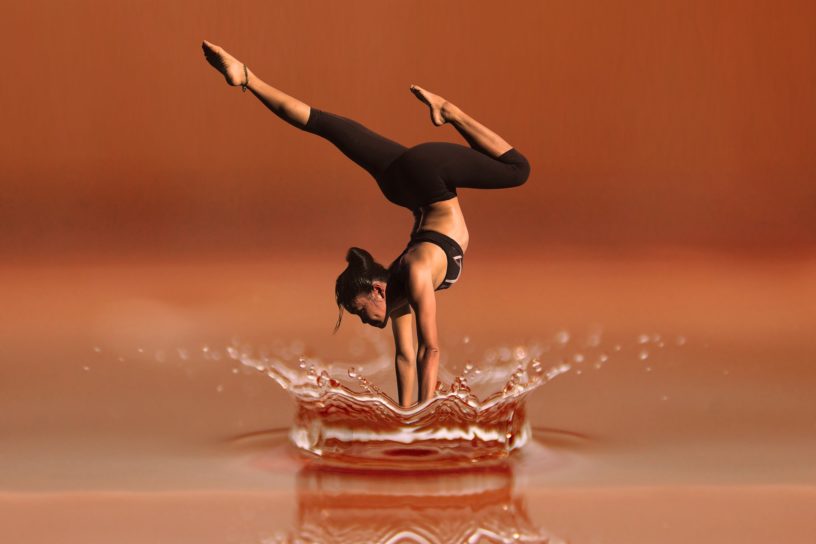
If you are looking for information about yoga jnana, you have come to the right place. In this article, I will share with you the Three Steps to Self-Realization in Yoga Jnana. Learn about Ramana Maharishi (Jivanmukta), and other great spiritual leaders. You should be able make your own decisions and find peace in the end of this article.
Three steps to self realization in yoga jnana
Yoga jnana can be described as the study of your mind and your Self. It is the path of self-realization by using the mind to explore the truth of your thoughts. This is a path that requires transcending the intellect to attain experiential knowledge of God. It's a demanding process that requires discipline. By practicing yoga, you can balance the three types or doshas of your mind.
It is important that you understand the stages of yogic practices and the path they take before you start a Jnana Yoga program. First, you have to be able to differentiate between the self (and the non-self). You need to learn to let go from worldly possessions as well as the ego. Third, you must master the four pillars of knowledge, or "dharma" in the Sanskrit tradition. Fourth, you must get rid of all attachments and thoughts that cause stress or depression.

Four pillars for knowledge
Jnana yoga, which focuses more on self-realization than knowledge, is one branch of yoga. Jnanayog is the most difficult path to enlightenment. This requires intense spiritual practice. It is the path to achieving union between the mind and body. It is the most challenging because it requires the mind be able to see beyond its intellect and become aware of the true nature.
To advance through the Four Pillars of Knowledge, a person must first master the practices of Hatha, Karma, and Bhakti Yoga. These disciplines prepare the mind, body, and heart to practice Jnana Yoga. It is highly recommended that you work with a qualified teacher guru. They will help you along the way and provide individual instruction. These four pillars make up the core of Jnanayoga.
Jivanmukta
Jivanmukta is a person who does not feel the need for a physical body. In this state, the consciousness is all-inclusive and is able to attract any object required for personal existence. In other words, Jivanmukta is the Self, the One, who does without acting, enjoys without desiring, and acts with compassion for others.
The sage who has attained jivanmukta status has liberated himself from the bonds of egoism and beholds One Brahman as the universe. Because the Self consciousness of the soul is sufficient to sustain its physical bodies, it is only the individual consciousness which is consumed by Brahmajnana. The Self-Realization is a process that lasts a lifetime.

Ramana Maharishi
Ramana Maharishi's yoga teachings offer a unique and profound approach to the question, "Who am I?" His first teaching was silence. This was what he used as a way to quiet people and give them direct experience. His words are intended for those who have yet to be attuned the subtle, still emanations that reality. Yoga Jnana has wisdom for everyone, yoga practitioner or not.
Sri Ramana's technique of grazing cattle is one example. In India, there are no fences or gates in the fields, so cattle will roam freely and graze in other fields. To get the cattle off his property, the owner will often beat them. The cattle suffer from ignorance and lack of understanding about the boundaries.
FAQ
Is yoga a good way to quit smoking?
Yoga is a good option for people who want to stop smoking. It improves their physical and mental health, which can reduce stress levels. It also helps reduce weight gain from overeating food. This could help you quit smoking.
I do already engage in some type of physical activity. What are my options for yoga?
Yes! Yoga can increase your training results even if it isn't physically demanding. When you combine yoga and other exercises like running, biking, swimming, or lifting heavy weights, you will see more results.
Yoga helps you to focus on your breathing, which will help you burn calories quicker.
You can also improve your endurance. So, whether you're a beginner or an advanced yogi, you can enjoy the benefits of yoga.
What kind of music is played in a yoga studio?
Many yoga studios play soft instrumental music during class. This is meant to provide a serene environment that encourages learning.
Other studios prefer more upbeat music, such as hip-hop, jazz, rock, etc.
Be aware of what music you listen to. Music can sometimes distract us from our practice.
How long does a yoga class last?
Most yoga classes last 45 to 90 minutes. Some teachers offer shorter and longer sessions at different times of the week.
Statistics
- The people in the yoga group were 37 percent more likely to have quit smoking by the end of the 8-week program. (nccih.nih.gov)
- About one in seven U.S. adults practiced yoga in the past 12 months, according to a 2017 national survey. (nccih.nih.gov)
- The American Psychological Association recently shared that 84% of American adults feel the impact of prolonged stress (5). (healthline.com)
- Gentle yoga has been shown to ease some of the discomforts of tender, swollen joints for people with arthritis, according to a Johns Hopkins review of 11 recent studies. (hopkinsmedicine.org)
- A 2020 review of 27 studies (1,805 total participants) of yoga interventions in children or adolescents found reductions in anxiety or depression in 70 percent of the studies, with more promising results for anxiety. (nccih.nih.gov)
External Links
How To
Yoga is a good exercise?
Yoga is not just for people looking to lose weight. It also helps you develop flexibility, balance, coordination, strength, focus, and calmness.
Yoga isn't just exercise, but an art form. They are used to relax and meditate. They improve posture, concentration, and respiration.
Yogis are those who practice yoga. Yogis follow various forms of yoga, including Hatha, Ashtanga, Iyengar, Vinyasa, Bikram, Kundalini, Yin Yang, and Restorative.
There are many types and styles of yoga. But they all share similar goals. Each type is focused on different aspects. Some yoga styles include meditation, pranayama, and Hatha.
Some yoga exercises don't require you to have any equipment
-
Sun Salutation – This sequence of 12 poses begins with a forward bend and is followed by 10 more.
-
Warrior pose - This is when you hold a stick or a staff and take a warrior's pose.
-
Triangle Pose – This is a pose where you raise one leg behind your head and bend at the knee.
-
Standing Forward Bend – This is a pose where you sit on the ground with your legs straightening and then fold forward at the waist.
-
Seated Twist – This pose can be performed while seated on either a chair or a mat.
-
Cobra Pose- This is when you are lying flat on your stomach with your arms extended overhead.
-
Child's Pose: This is a pose where the child lies face down on the ground.
-
Cat/Cow Pose - This pose combines a cat and cow pose. Your upper body should be lifted off the ground while you are lying down. Now roll to your side, and then place your hands below your shoulders.
-
Head Tilt--This pose requires that you tilt your head back with your eyes closed.
-
Shoulder Stand - This pose is standing upright with feet and arms raised above your head.
-
Tree Pose – This pose involves kneeling on your heels with your hands beneath your shoulders.
-
Bow Pose – This is when you bend forward from your hips and place your hands on the ground.
-
Corpse Pose - This pose is held for five minutes.
-
Mountain Pose - This pose is called mountain pose because you stand tall with your spine erect.
-
Legs up the wall Pose - This is a pose where you hang upside-down from a brick wall.
-
Side Angle Pose- To achieve this pose, lean against a wall while putting your right elbow next to it.
-
Plank Position- When you lie on your stomach and extend your left hand and right foot apart, you can achieve this position.
-
Bridge Pose - This pose is obtained by balancing on your elbows and toes.
-
Reverse Table Top Poses - To achieve this pose, lie on your stomach while reaching your arms toward your ceiling.
-
Handstand - This requires strength and balance. This pose requires you to hold on to two walls or a doorframe.
-
Half Moon Pose- Also known as Hero Pose. This is achieved by standing on your hands, and toes.
-
Headstand (or Handstand) - This pose requires excellent balance and strength. You can do this pose on a wall (or using a doorframe).
-
Forearm Balance- This position is done with your forearms on a tabletop.
-
Spinal twist - This is a pose where your belly lies while your arms reach your arms.
-
Supported Bound Angle Pose - This pose requires balance and support. For this pose, you will need to find something sturdy like a branch from a tree or an old beam to support you.
-
Wide Leg Forward - This position involves extending your legs and touching your toes.
-
Single Pigeon Pose -- This pose is similar in style to the forward fold with one leg, but it only involves one leg.
-
Extended Puppy Dog Poses - This pose can be very relaxing. It's done by extending your legs outward and bending your knees.
-
Situated Forward Bend – This pose allows you to sit cross-legged while stretching your calves.
-
Crow Pose is a difficult pose that can be very rewarding once you have mastered it. The trick is to raise your arms higher than your head and lower them so that they touch the ground.